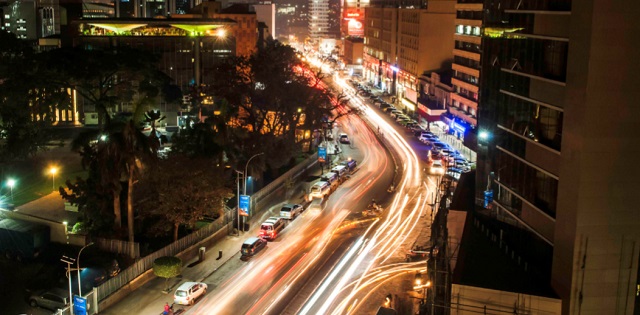
By linking remote and rural areas to larger urban centers, they are nodes in larger economic activity
| Ibrahim Assane Mayaki | In the latest Mercer Quality of Living City Rankings, the highest-ranked African city, Port Louis, Mauritius, comes in at 83rd out of 231. That appears to be in keeping with a broader pattern: in terms of the quality of life in its cities, Africa lags behind most other world regions.
African cities’ poor showing is a worrying indictment of urban planning on the continent, particularly given that urbanisation here is barreling ahead, regardless of whether its leaders have plans in place to manage the process. According to the OECD, because “Africa is projected to have the fastest urban growth rate in the world,” its “cities will be home to an additional 950 million people” by 2050. Given these trends, African policymakers urgently need to make the region’s cities more attractive to international investors, business people, and tourists, while also ensuring that urbanisation remains inclusive.
But there is another key trend that has been neglected: the growing importance of Africa’s secondary cities. Urbanisation in Africa is not just about emerging megacities like Johannesburg, Kinshasa, Nairobi, Khartoum, Casablanca, and Greater Cairo, which alone will be home to an estimated 38 million people by 2050. Population is also booming in Africa’s “intermediary cities,” which link remote and rural areas to larger urban centers.
Secondary cities will play a pivotal role in tackling the significant social, economic, and political challenges that lie ahead. Yet they generally are not on most policymakers’ radar. For example, there is a woeful lack of comprehensive data on crime and policing in African secondary cities. And when think tanks and multilateral institutions publish special reports about African urbanisation, they tend to focus only on the major cities’ accomplishments and challenges, while ignoring governance issues, economic conditions, and infrastructure development in lesser urban areas.
Fortunately, Africapolis, a partnership between the OECD’s Sahel and West Africa Club and e-Geopolis.org, has compiled rich new data to expand the scope of African’s urbanisation debate. By integrating data on thousands of agglomerations of people – many with fewer than 100,000 inhabitants – Africapolis provides a base of evidence that policymakers can use to assess how urbanisation processes are unfolding.
For example, data from Africapolis show that when it comes to infrastructure, financial investments, land development, and urban management, few African secondary cities have the autonomy to pursue long-term strategic planning. This suggests that national governments need to delegate more power to municipal policymakers. They also need to take secondary cities into account when devising national and subnational development strategies. By locating more governmental and administrative services in secondary cities, national governments can make these urban areas more attractive and capable of meeting citizens’ needs.
Findings from Africapolis also reveal that African megacities and secondary cities are deeply intertwined. Megacities can offer a wealth of opportunities to citizens, by streamlining the provision of public services and connecting workers to higher-skill jobs. But rapid population growth can result in lower wages, persistent poverty, housing shortages, and other problems.
Owing to their size, secondary cities could mitigate some of the negative side effects of breakneck urbanisation in megacities and provide more balance to the process. After all, they, too, can provide basic goods and services like housing, health care, and education, and probably at a lower cost. That is why urbanisation experts have increasingly come to see secondary cities as the key to more inclusive growth, which requires that opportunities be distributed equitably across the whole of a society, rather than concentrated in a few exclusive hubs.
Secondary cities can also boost African national economies. In addition to providing public services and facilities, they can serve as processing centers for agriculture and extractive industries, or they can become export centers – as in the case of Warri in Nigeria, Garoua in Cameroon, and the Huye District in Rwanda. By capitalising on their secondary cities’ geographic advantages, policymakers can raise the national and even global profiles of these areas, and create highly competitive trade and manufacturing clusters.
It is in all African governments’ interest to incorporate secondary cities into their national development strategies. Megacities alone cannot ensure inclusive urbanization and growth. But in concert with secondary cities, they can serve as nodes in a larger web of economic activity spanning a country’s entire territory. And by accelerating regional development, supporting secondary cities would strengthen the megacities themselves. There is no reason why Africa’s megacities and secondary cities alike cannot become magnets for people from across the continent and around the world.
****
Ibrahim Assane Mayaki, a former prime minister of Niger, is CEO of the New Partnership for Africa’s Development (NEPAD), the African Union Development Agency.
Copyright: Project Syndicate, 2019.
 The Independent Uganda: You get the Truth we Pay the Price
The Independent Uganda: You get the Truth we Pay the Price



